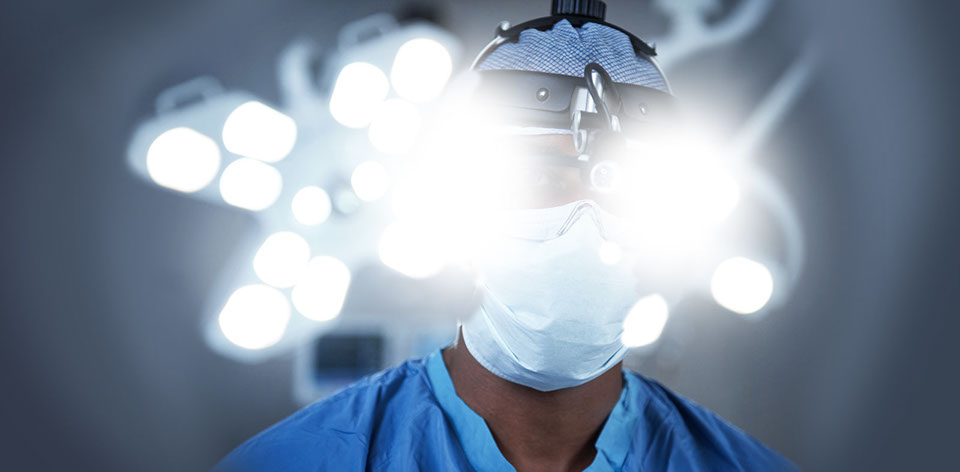
AOSpine is proud to present the winners of the AOSpine 2019 Discovery and Innovation Award and their winning study proposals.
The eleven winning young scientists and their study proposals were selected out of 83 received applications in a blinded review process. The initiative encourages young AOSpine members to perform high-quality, clinically-relevant spine research and to get involved.
The winners have been invited as Associate Members to the AOSpine Knowledge Forum (KF) which relates to their study’s pathology. Most of them will participate in their first KF meeting in Toronto, Canada, during the Global Spine Congress (GSC) in May 2019.
Congratulations to:
 AOSpine Knowledge Forum Tumor welcomes Marco Palanca, Ankit I Mehta, and Hanqiang Ouyang
AOSpine Knowledge Forum Tumor welcomes Marco Palanca, Ankit I Mehta, and Hanqiang Ouyang
 Ankit Mehta
Ankit Mehta
Department of Neurosurgery, University of Illinois at Chicago, Chicago, IL, USA
“Determining Efficacy and Toxicity of Magnetically Guided Nanoparticles for Intramedullary Spinal Tumors”
Ankit I Mehta says intramedullary spinal cord tumor management has been a significant clinical challenge to the spinal oncology community, primarily, due to difficulty of drug delivery, invasive nature of tumors, and failure of radiation therapy. “Our lab has developed a novel platform where chemotherapeutic magnetic nanoparticles are localized to an intramedullary spinal cord tumor in an in vivo rat model.”
Mehta’s proposal aims to determine both the efficacy and toxicity of this platform in comparison to other modes of chemotherapeutic delivery. He thanks AOSpine for their support in the endeavor and hopes the platform will induce an increased amount of tumor cell death and reduce both central nervous system and systemic toxicity.
 Hanqiang Ouyang
Hanqiang Ouyang
Orthopedic Department, Peking University Third Hospital, Beijing, China
“Exploration and clinical application of new indicators for prognosis evaluation of solitary plasmacytoma of bone”
Hanqiang Ouyang was overjoyed to hear of the award and hopes the KF membership will help him create contacts to spinal tumor specialist all over the world. Ouyang’s project is on the Solitary Plasmacytoma of Bone (SPB), which is a single isolated plasma cell tumor. “About two-thirds of patients with SPB eventually progress to Multiple Myeloma (MM),” Ouyang says. “We speculate that some cases of SPB may essentially involve relatively inert malignant tumors, which are different from those observed in MM. Other cases of SPB are solitary early manifestations of MM.”
“The ability to predict if SPB patients will progress to MM earlier in the single isolated stage would provide guidance for early diagnosis, rational treatment, and prognosis assessment on the genomics level,” Ouyang states, hoping his findings will support personalized precision medicine for SPB patients in the future.
 Marco Palanca
Marco Palanca
Alma Mater Studiorum—Università di Bologna, Bologna, Italy
“Stabilize or Not to Stabilize: biomechanics-based guidelines in case of indeterminate SINS”
Palanca’s study aims to define how to identify spine metastases cases that need stabilization, in cases specifically classified as “indeterminate” by the Spinal lnstability Neoplastic Score (SINS). “For many cancer types, there is growing expectation of survival,” Palanca explains. “For these patients, the focus is their quality of life. The management of complications becomes extremely important, among them the correct management of vertebral metastases with respect to pain and risk of fracture.”
Palanca says, receiving the award “is another brick in the bridge between engineering and clinical environments”. While this is an opportunity to learn from the best spinal surgeons in the world, it also allows him to share his views with the spine community.
 AOSpine Knowledge Forum Deformity welcomes Joseph Baker and Tim O’Connor
AOSpine Knowledge Forum Deformity welcomes Joseph Baker and Tim O’Connor
 Joseph Baker
Joseph Baker
Department of Orthopaedic Surgery, Waikato Hospital, Hamilton, New Zealand
“Principal component analysis of the pelvis—anatomic contributors to the pelvic incidence and application to surgical planning”
Joe Baker is delighted to receive support from AOSpine and hopes this will develop into future partnerships. “It is an exciting time for our unit as we try to grow the academic program in Waikato Hospital,” Baker says.
Baker’s study will explore the relationship of the pelvic and spinal geometry and increase the ability to individualize planning in spinal surgery. “I am looking forward to being involved in the AOSpine Knowledge Forum and hope to develop relationships with others.”
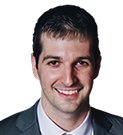 Tim O’Connor
Tim O’Connor
University at Buffalo Neurosurgery, Buffalo, NY, USA
“Tension Parameters in Junctional Tethers for Proximal Junctional Kyphosis”
Tim O’Connor and his project team look forward to using the award to push the envelope and develop new tools to make a lasting impact on patient care. “It’s an honor for us, and we were excited and humbled when we first received the acceptance letter. I look forward to contributing to the AOSpine Knowledge Forum and collaborating with leaders in our field.”
The objective of O’Connor’s study is to determine optimal tension parameters in junctional tethers, with the goal of using this knowledge to develop a better tether device in the future. Tethering devices have been shown to significantly decrease the occurrence of PJK following multilevel posterior spinal fusion to correct adult spinal deformity. Currently, there are no studies evaluating the optimal tension parameters when to use tethers to reduce PJK.
 AOSpine Knowledge Forum SCI welcomes Benjamin Davies and Ryan O’Hare Doig
AOSpine Knowledge Forum SCI welcomes Benjamin Davies and Ryan O’Hare Doig
 Benjamin Davies
Benjamin Davies
Division of Neurosurgery, University of Cambridge, Cambridge, UK
“Investigating the biological basis for disability in degenerative cervical myelopathy: can PET-MRI directly quantify myelination in vivo?”
Benjamin Davies is delighted to be given this opportunity by AOSpine. “I think myelopathy is a major unmet research need and the opportunity to be amongst the pioneers in this field, on the AOSpine KF SCI, is an honor.”
Davies says the care and research of degenerative cervical myelopathy (DCM) is hindered by our current assessments. His study will look at the feasibility of a PET radioligand to directly image the disease process in the spinal cord. Such a technique could help refine diagnostic imaging and offer a signal to test regenerative therapies.
 Ryan O’Hare Doig
Ryan O’Hare Doig
Neil Sachse Centre for Spinal Cord Research, South Australian Health and Medical Research Institute, Adelaide, SA, Australia
“Modulation of inflammatory responses using neural crest derived dental pulp stem cells following acute spinal cord injury”
Ryan O’Hare Doig believes stem cell-based transplantation therapy holds great promise for a multi-faceted therapeutic approach to spinal cord injury, but bench-to-bedside translation is limited by our understanding of stem cell transplants behavior in the non-conducive environment of the spinal cord. “During the acute phase of injury, infiltrating inflammatory cells release a number of mediators which likely play a pivotal in stem cell survival. Therefore, neuroinflammation has a clear role in the future of regenerative medicine.”
With AOSpine’s support, O’Hare Doig proposes an idea of ‘priming’ or, pre-exposing stem cells to autologous inflammatory cells of the injured patient ex vivo, prior to re-engraftment in vivo. “We believe this will promote greater stem cell survival, proliferation and differentiation, in turn driving significant neurological recovery.”
 AOSpine Knowledge Forum Trauma welcomes Martin Holas
AOSpine Knowledge Forum Trauma welcomes Martin Holas
 Martin Holas
Martin Holas
Department of Trauma Surgery, Teaching Hospital F. D. Roosevelt Banská Bystrica, Banská Bystrica, Slovakia
“Does erector spinae plane block decrease amount of analgesia needed after mini-invasive posterior transpedicular stabilization in patient with vertebral body fracture. Are there any per or postoperative complications?”
Martin Holas’ study aims to confirm or refuse efficiency of Erector Spinae Plane (ESP) block during mini-invasive posterior transpedicular stabilization. “In the early hours after surgery, these operations are accompanied with high dosage of analgesics to treat pain. We hypothesis that ESP block will reduce the dosage of analgesics. If confirmed, this would help improve patient care without raising the complication rate.”
Holas expects his exposure to the AOSpine Knowledge Forum Trauma will bring him new experiences, new knowledge, and new professional contacts.
“It will also allow me to do my part in growing the knowledge.”
 AOSpine Knowledge Forum Degenerative welcomes Arun Kumar Viswanadha, Kyle Sheldrick, and Carla Cunha
AOSpine Knowledge Forum Degenerative welcomes Arun Kumar Viswanadha, Kyle Sheldrick, and Carla Cunha
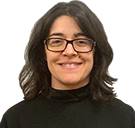 Carla Cunha
Carla Cunha
i3S—Instituto de Investigação e Inovação em Saúde, Porto, Portugal
“McDISC Macrophage therapy for intervertebral disc herniation”
Carla Cunha is happy about the award, which will allow her team at i3S to validate an in vivo proof of principle of intervertebral disc hernia regression. “McDISC is proposed as a clinically relevant immunomodulatory therapy that aims at boosting the physiological mechanisms of hernia spontaneous regression,” Cunha says, and hopes this will result in a significant advance in spine care.
 Kyle Sheldrick
Kyle Sheldrick
Faculty of Medicine, University of New South Wales, Kogarah, NSW, Australia
“Decay Variance: A Novel MRI Tool for Quantifying Intervertebral Disc Degeneration in Low Back Pain”
Kyle Sheldrick says the AOSpine DIA grant is filling a big gap in funding schemes—his biggest barrier was always the leap from animals to humans. “We simply cannot get government grants for human work without preliminary human data, and the AOSpine grant will hopefully let us generate the first-in-human data.”
The study will act as proof of concept to show feasibility of their technique to assess back pain. “If the results are positive, this will allow us to leverage this seed funding into large government grants, using our technique for long term prognostication, treatment selection, and disease classification in large cohorts.”
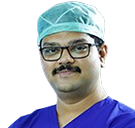 Arun Kumar Viswanadha
Arun Kumar Viswanadha
Mallika Spine Centre, Guntur, Andhra Pradesh, India
“Do prophylactic antibiotics reach the operative site adequately?—A quantitative analysis of serum and wound concentrations of systemic and local prophylactic antibiotics in spine surgery”
Arun Kumar Viswanadha is happy to receive funding for his project and to have an opportunity to share knowledge. “I am looking forward to this once-in-a-lifetime opportunity at this early stage of my career. I hope this will tremendously transform my research career.”
Arun Kumar’s study is designed to find which antibiotic—prophylactic systemic or the intra-wound vancomycin—lasts longer at adequate concentrations in the surgical wound and contributes more to preventing infection. “Prophylactic systemic antibiotic administration before spine surgery has been a standard protocol across the globe. Despite preoperative systemic antibiotic administration, the infection rates following spine surgery remains significant,” Arun explains.
Read more about the AOSpine 2019 Discovery and Innovation Award ![]()
Read more about AOSpine Research ![]()
Eleven winners of
the AOSpine 2019 Discovery and Innovation Awards
join the AOSpine Knowledge Forums
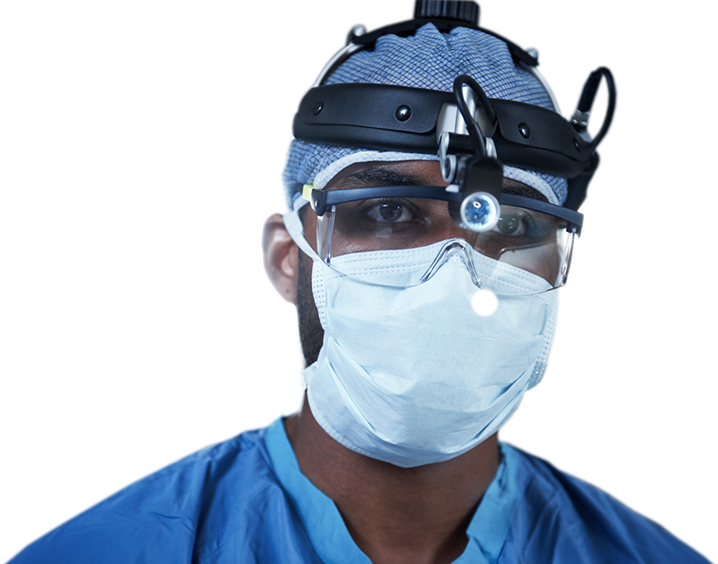
Newsletter 21 | May 2019
Newsletter 21
May 2019
Meet The AOspine Member